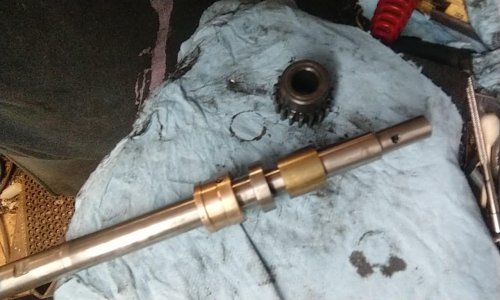- Joined
- Jul 2, 2014
- Messages
- 7,571
A table that is sitting on a surface grinder and held down by gravity only (many or most surface grinders) can lose that table in transport if it is not removed or secured down. If the grinder has ball or roller bearing ways, the table and base can easily be ruined by the table bouncing up and down, creating divots in the ways. The table can also bounce right off the machine and be lost and/or damaged beyond repair. Take the table off of any machine where it is held on by gravity or has ball or roller ways before transporting it.If you are talking about a Boyar Shultz, then yes, it lifts straight up. May have a bit of suction holding it, so slide to one end of travel and lift that side up first.
No reason to take a table off to move the grinder UNLESS the machine has rollers or balls under the table. With a normal BS lock the table down in center of stroke, crank table towards rear, place a 2x4 under the spindle, then lower the spindle onto the 2x4 so it can't bounce. All the BS that I ever saw were bolted to the base cabinet, so no danger of it coming off the base



